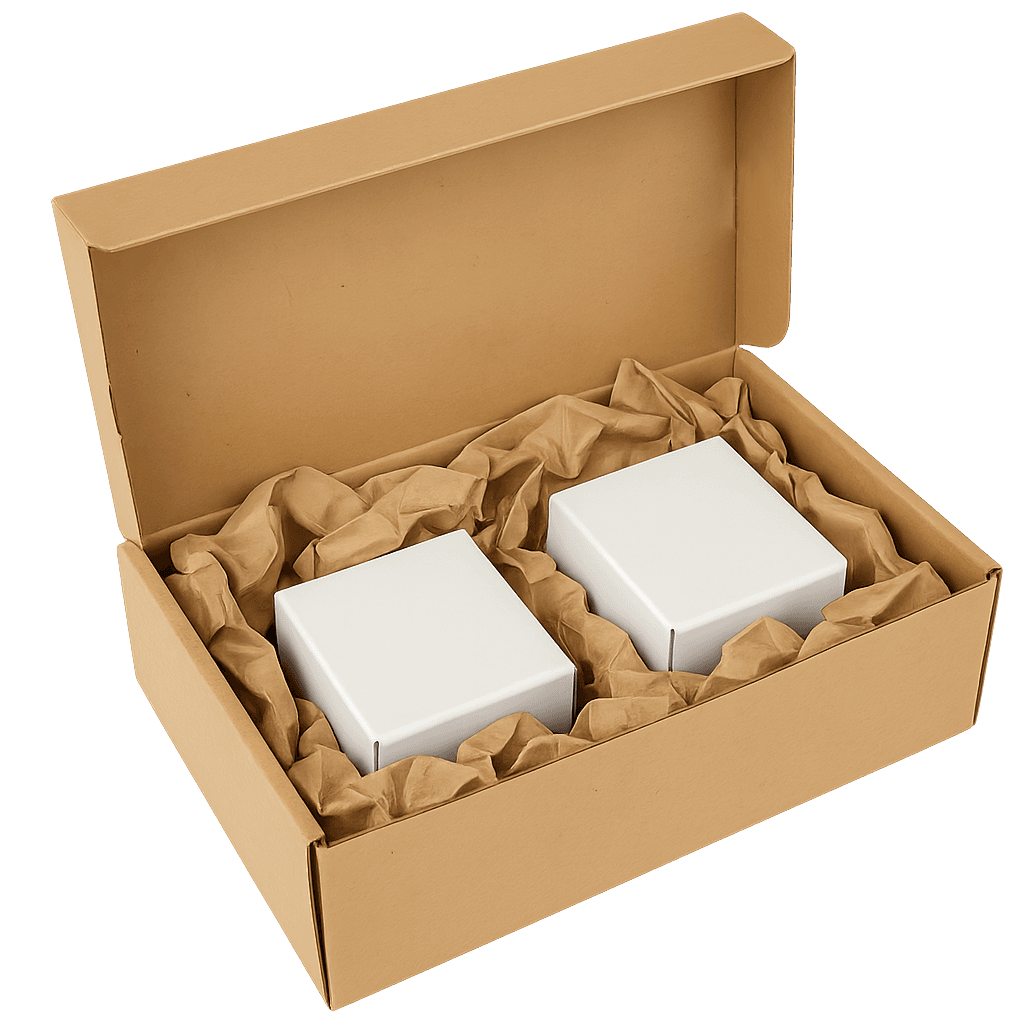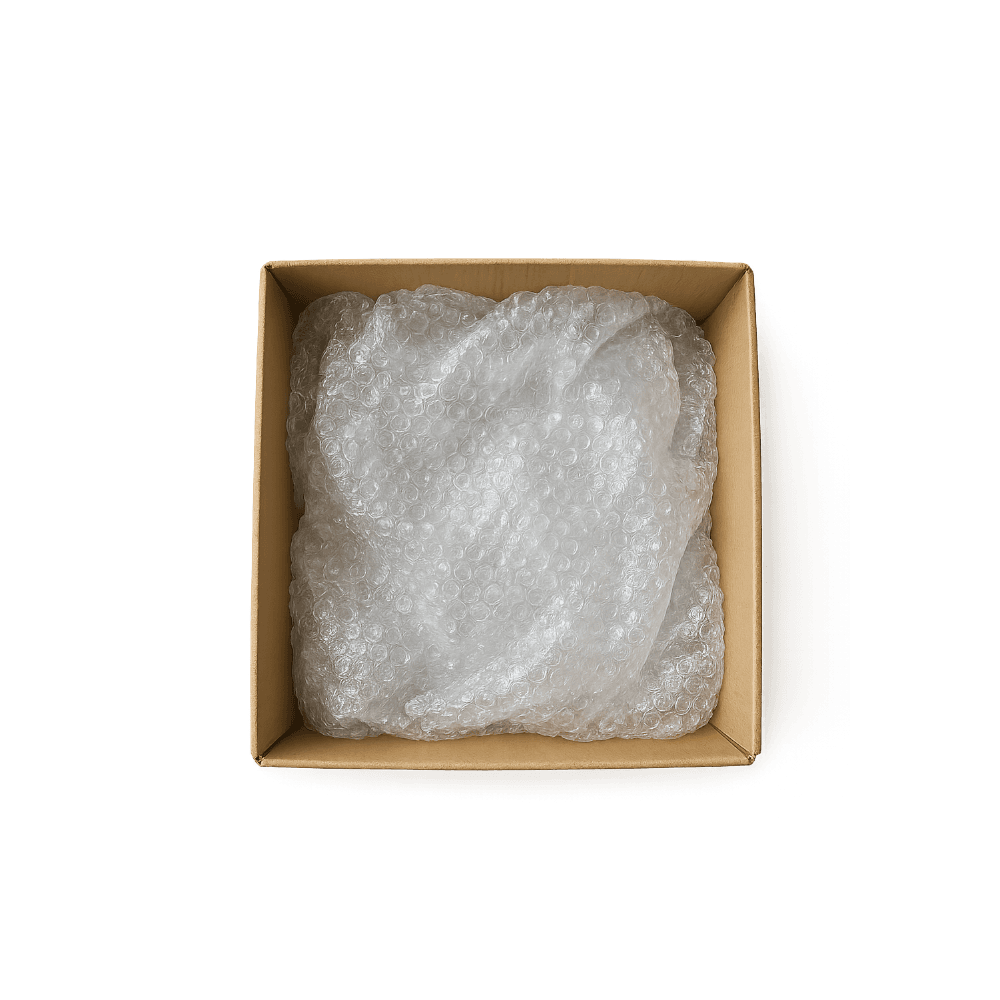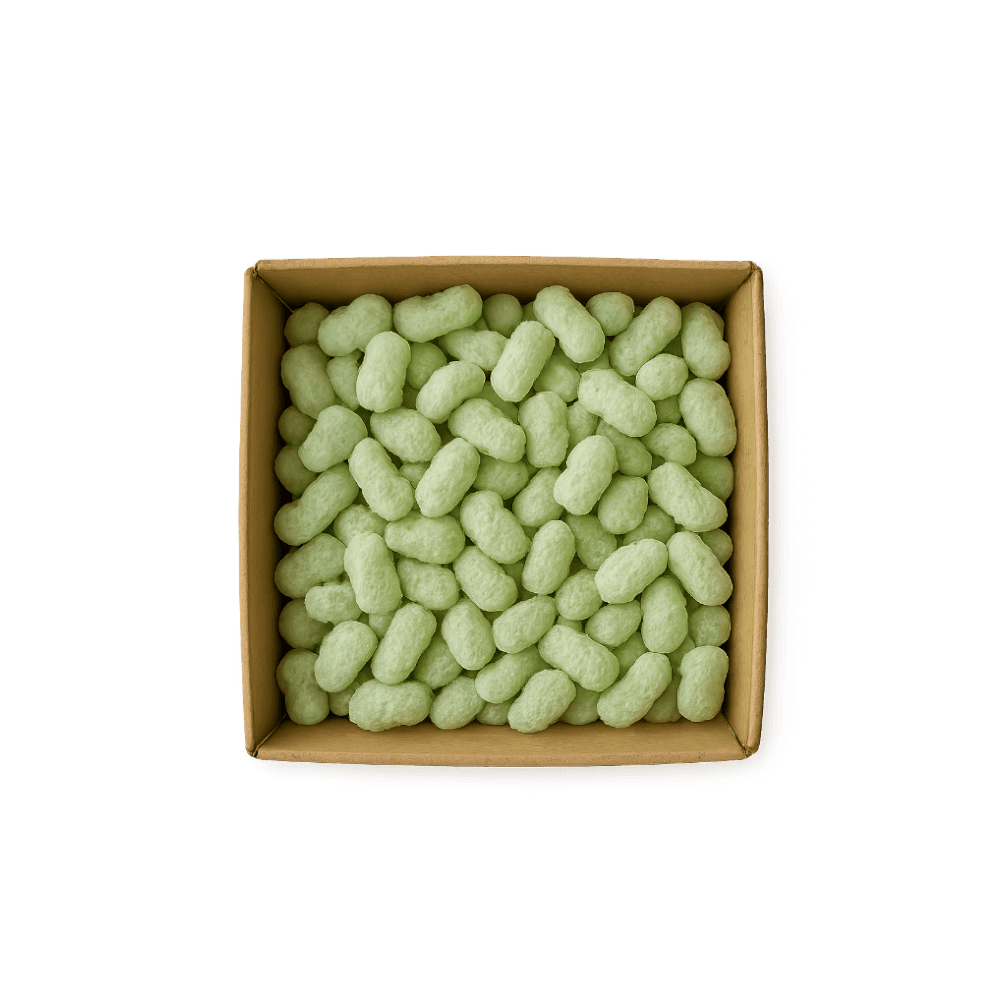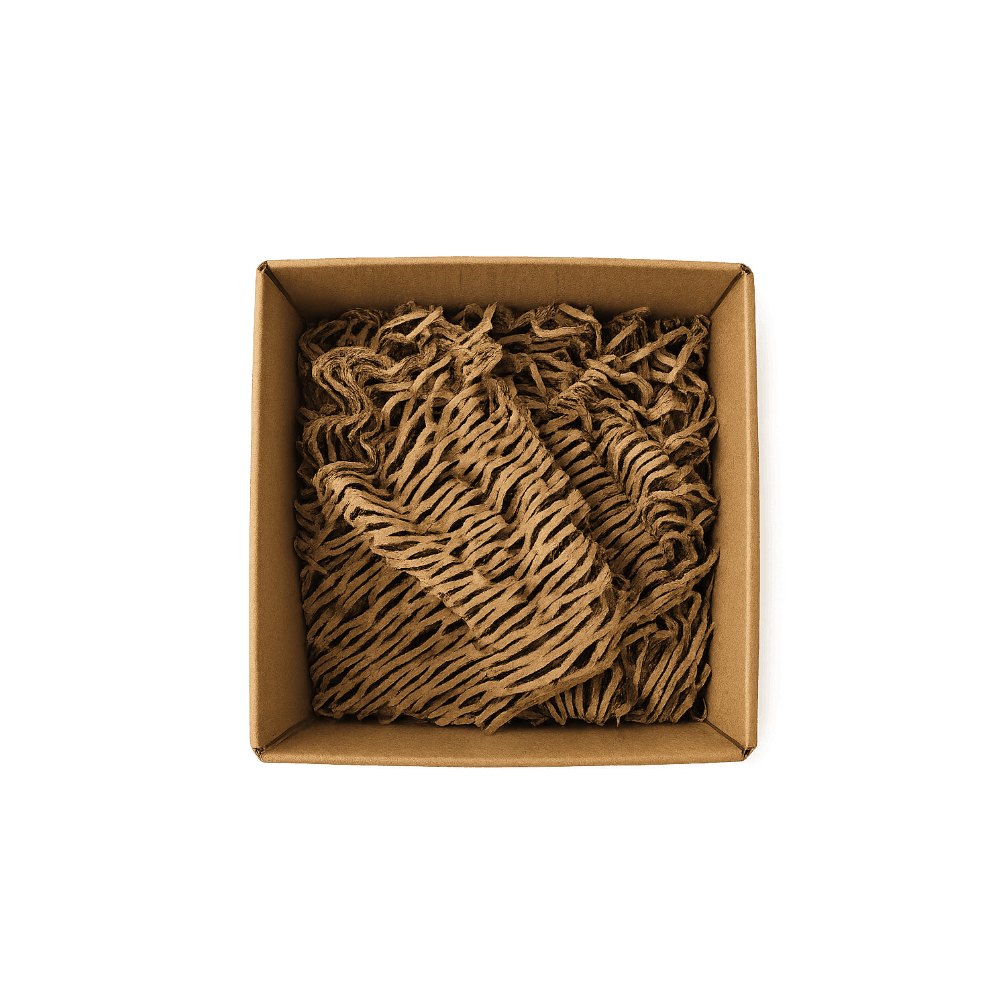Void Fill Materials: Protect Your Product
Complete your packaging with the right void fill materials. Choose from bubble wrap, packing peanuts, cardboard, or paper. Tip: go for an eco-friendly option, such as biodegradable packing peanuts or recycled cardboard.
What would you like to fill with?
WHY RISK RETURNS WHEN YOU CAN SHIP IT SAFE?





